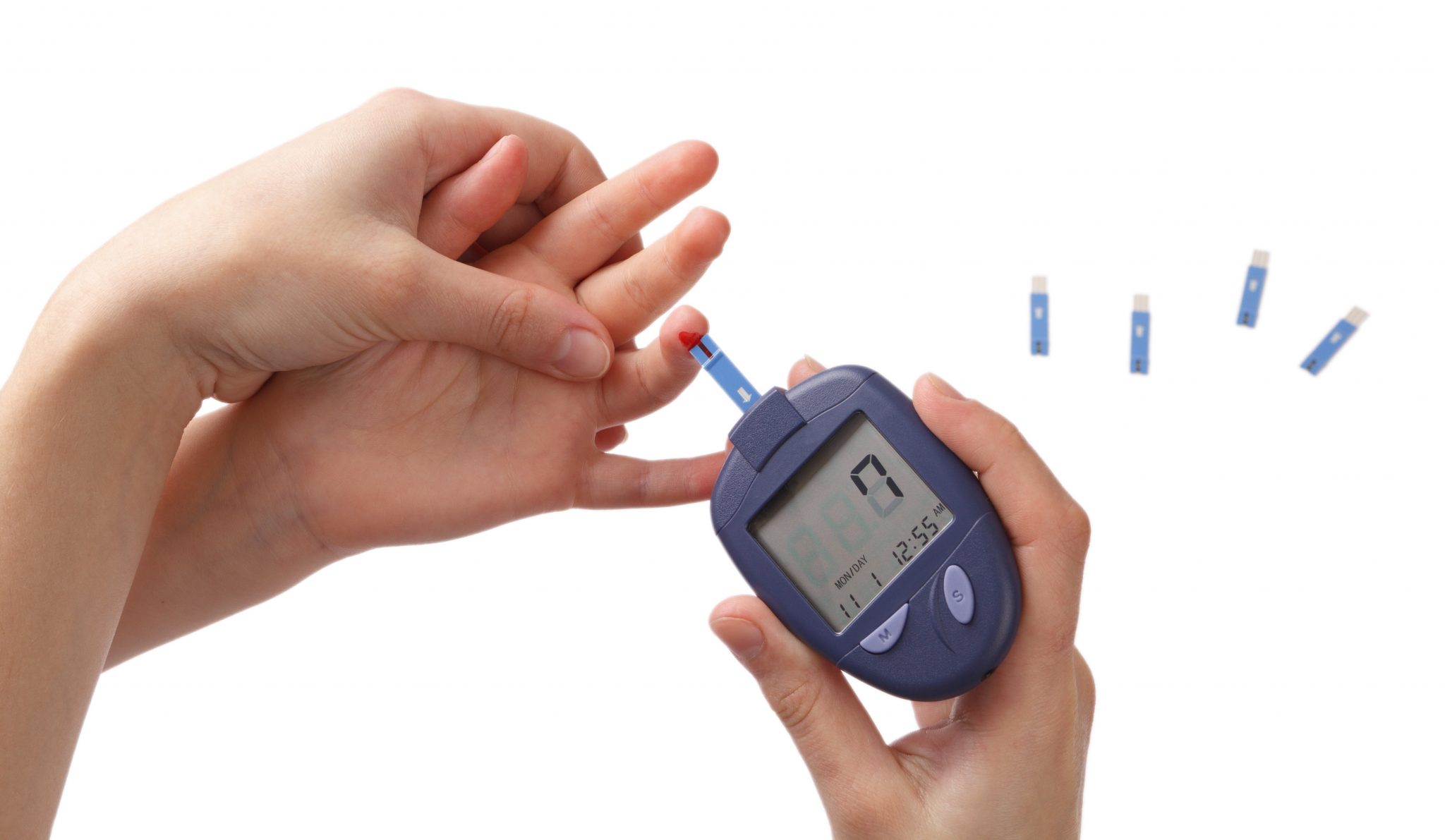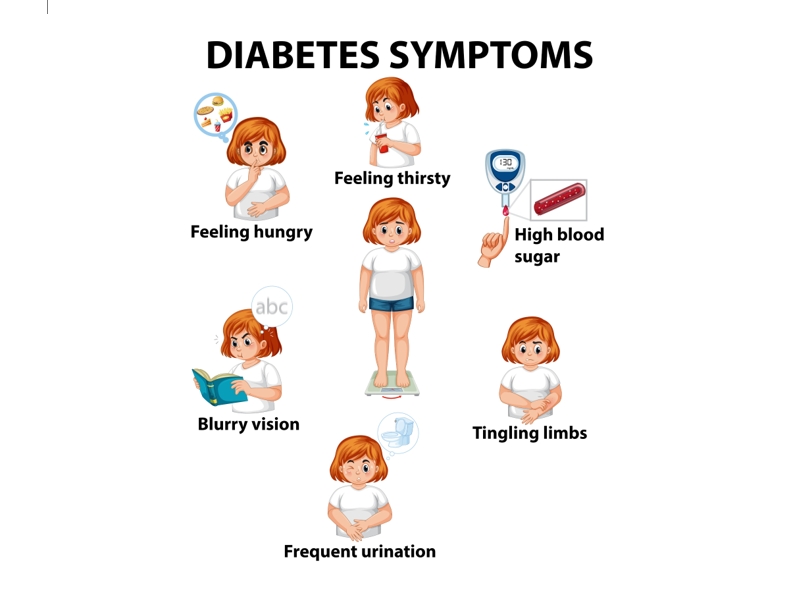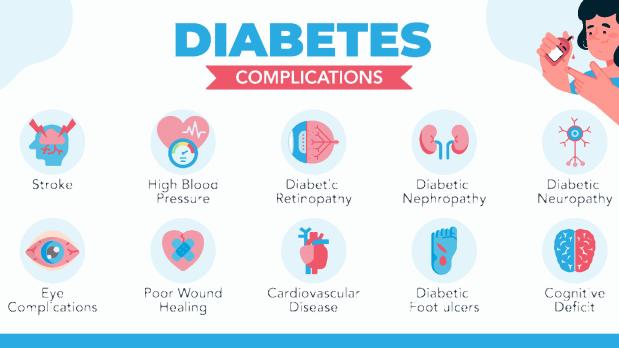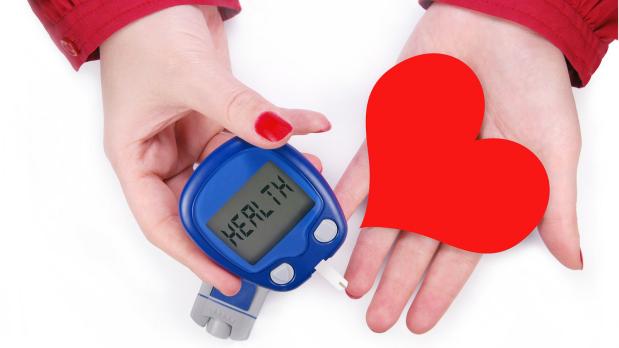First and foremost, it's important to understand that diabetes can affect children. While many associate diabetes with adults or the elderly, the reality is that children and teenagers can also develop this condition. Children and teenagers are increasingly susceptible to diabetes, largely due to lifestyle changes such as consuming fast food or high-sugar foods, which are often rich in starch and calories. Factors contributing to this trend include obesity, lack of regular exercise, and genetic predisposition.

Diabetes can affect children and teenagers, particularly those who are overweight
What causes diabetes in children and teenagers?
Diabetes is marked by elevated blood sugar levels due to either insufficient insulin production by the pancreas or the body's reduced response to insulin. As a result, proper carbohydrate metabolism is hindered. Children at risk for diabetes may exhibit symptoms such as weight loss despite increased appetite.

Children at risk of diabetes may experience weight loss despite being thin
Diabetes in children and teenagers is categorized into two main types.
Diabetes can manifest in childhood, with two common types observed in children: type 1 diabetes, accounting for 70-80 percent, and type 2 diabetes, found in approximately 20 percent. Diabetes in children differs from that in adults, as it tends to lead to more complications due to the ongoing growth and emotional changes inherent to childhood. Consequently, managing the condition and its symptoms may prove more challenging in children compared to adults.
Type 1 diabetes in children and teenagers is characterized by a deficiency of the hormone insulin, rendering the body's cells unable to utilize blood sugar for energy.
Type 2 diabetes in children and teenagers results from inadequate insulin production or improper insulin function, as the body's cells become resistant to the hormone insulin.

Blood sugar test For children aged 10 years and up who are obese and at risk.
Factors contributing to diabetes in children
Type 1 diabetes in children can develop at a young age and is often associated with genetic predisposition and viral infections. In this condition, the body's immune system mistakenly targets and destroys pancreatic cells responsible for insulin production, leading to insufficient insulin levels.
Type 2 diabetes in children is frequently influenced by genetic factors, older age, ethnicity, obesity, and abnormal birth weight. Contemporary children and teenagers are more susceptible to this type of diabetes due to lifestyle changes, including a diet high in fast food and sugary snacks, coupled with a lack of physical activity, contributing to obesity among Thai children.

The consumption of fast food or highly sugary food contributes to obesity among Thai children.
Characteristics of children with diabetes
Type 1 diabetes often presents symptoms such as frequent urination, excessive thirst, increased appetite coupled with weight loss, fatigue, and lack of energy. Children with type 1 diabetes typically have a lean body composition.
Type 2 diabetes is commonly diagnosed in children who are obese, exhibit dark, thickened skin on their necks (known as acanthosis nigricans), and have a family history of diabetes. Parents often seek screening for their children when they observe symptoms such as frequent urination and increased thirst.

Children with abnormal symptoms
Preventing diabetes in children and teenagers
Prevention of type 1 diabetes remains elusive, and there are currently no effective preventive measures. If a child exhibits abnormal symptoms such as frequent urination, bedwetting, unexplained weight loss, fatigue, or shortness of breath, it is crucial to seek medical attention promptly.
Prevention of type 2 diabetes: It can be prevented as follows.
- Embrace natural flavors in meals by incorporating vegetables, fruits, and whole grains.
- Avoid stocking up on snacks at home and refrain from using snacks as rewards for children.
- Promote physical activity and discourage prolonged screen time, including excessive television or mobile phone usage.
- Conduct regular health screenings, including blood sugar checks, for children aged 10 years and older who are obese or at risk due to family history of diabetes or high blood pressure (130/85 mmHg). Pay attention to signs of insulin resistance, such as dark patches on the neck and armpits that resemble scurf and cannot be removed by scrubbing.
Currently, there is no foolproof method to prevent diabetes in the medical field. The condition is often linked to genetic factors and can be influenced by lifestyle habits. However, while diabetes cannot be completely prevented, basic care and proactive measures can significantly reduce the risk. This involves adopting a disciplined lifestyle, avoiding foods high in sugar and unhealthy fats, and prioritizing nutritious foods based on dietary guidelines. It's also important to maintain a healthy weight and engage in regular exercise. These practices can greatly decrease the likelihood of developing diabetes, even in children who may already be at risk.











